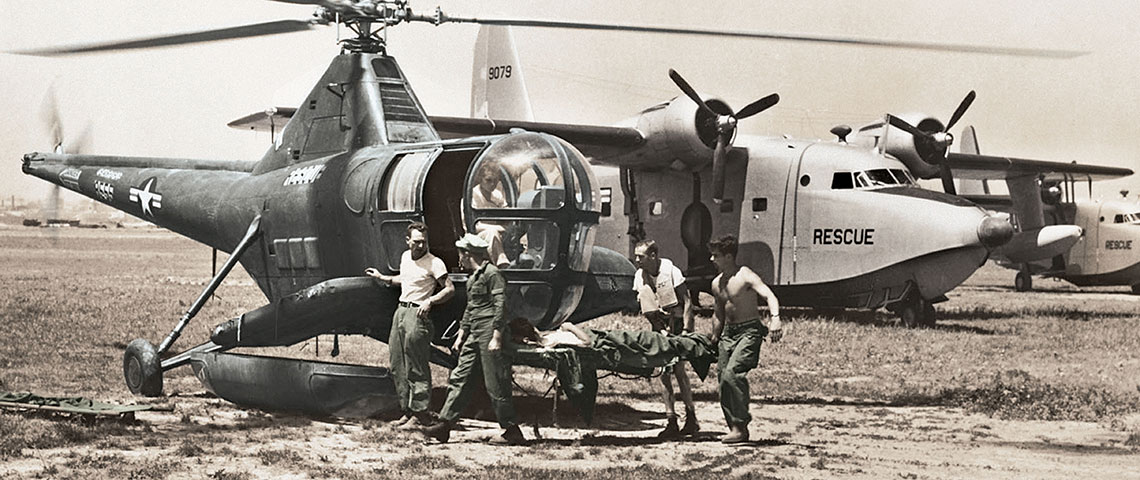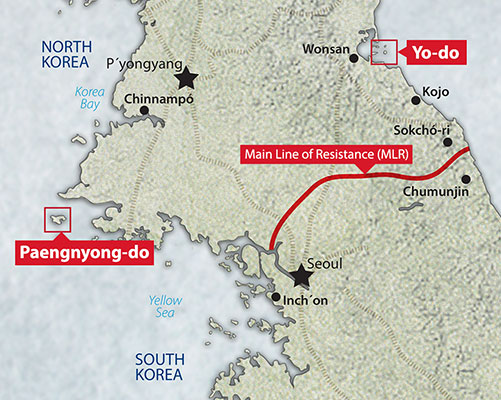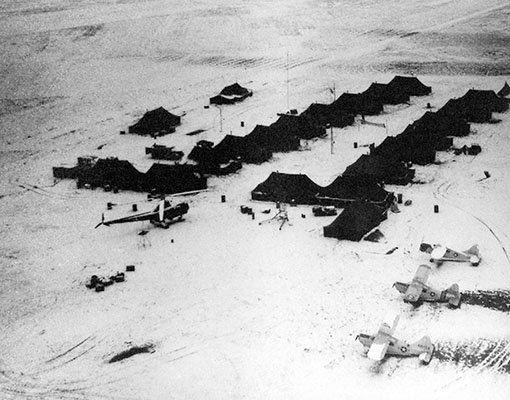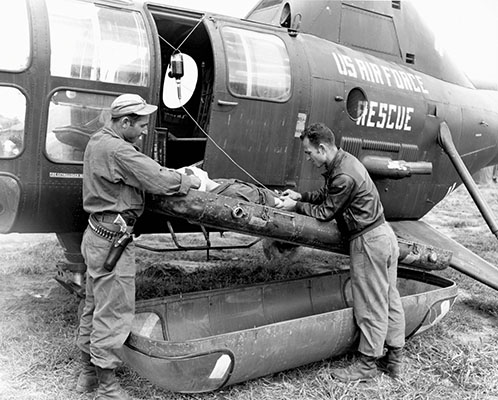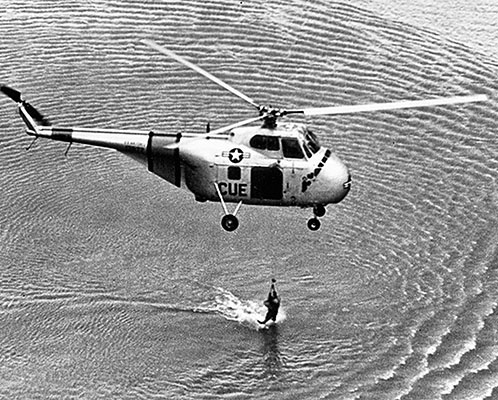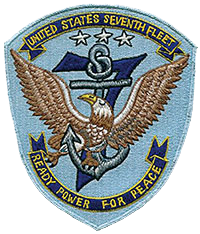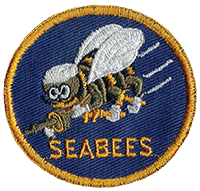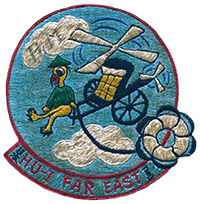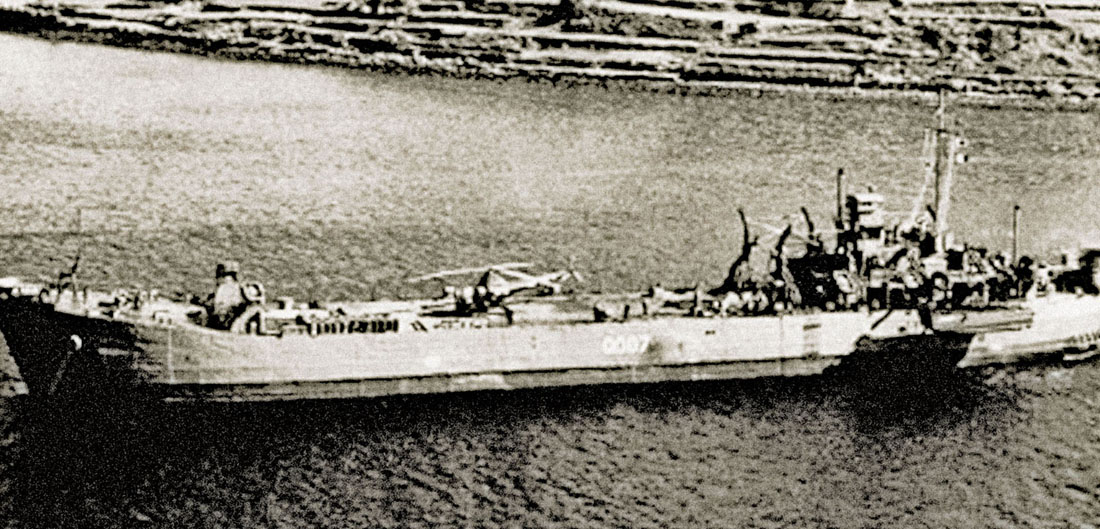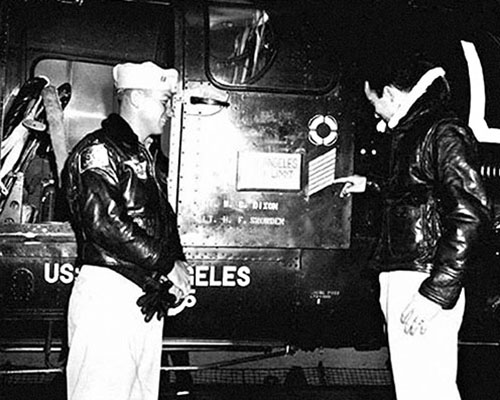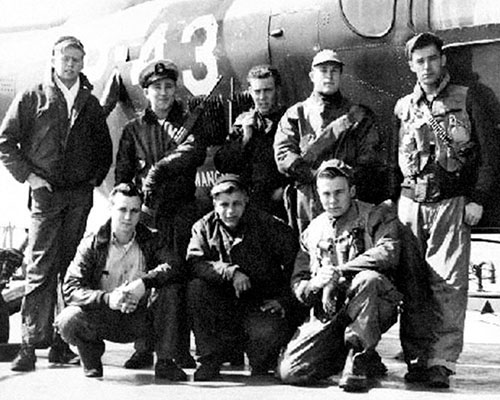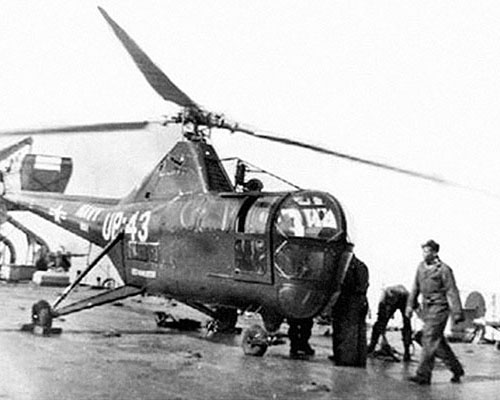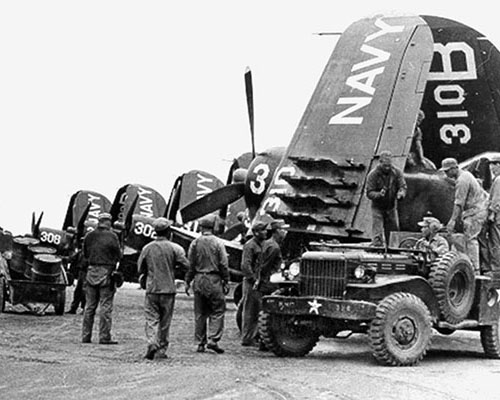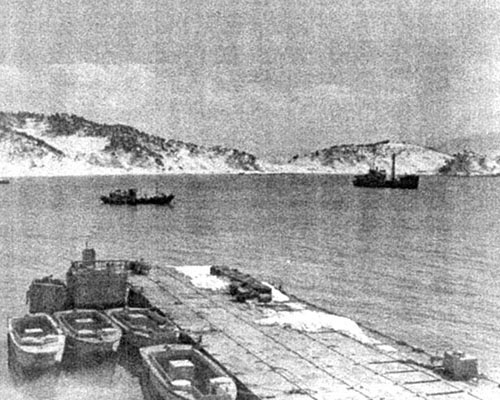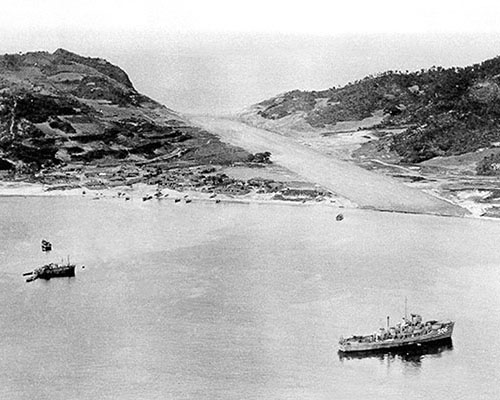DOWNLOAD
The American military services invest considerable time and money to qualify pilots and aircrew members to operate aircraft anytime and under any conditions. Compounded with those environmental demands are combat air patrols, close air support, bombing raids, reconnaissance, and air delivery missions associated with prosecuting war. Outnumbered UN land forces in the Korean War (1950-1953) relied heavily on air support. Maintaining air superiority was critical to counterbalancing Communist forces. Combat experienced aircrews continue to be more valuable than aircraft. ‘Shoot downs’ have to be mitigated by quick aircrew recoveries. This keeps combat experienced airmen in the fight and morale high among military flyers today, just as it did during the Korean war.1
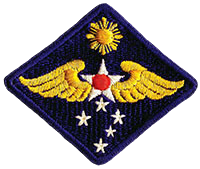
In the summer of 1950, any pilot shot down behind enemy lines was expected to ‘walk out’ as best he could.2 When it became obvious that the Central Intelligence Agency (CIA) was not able to establish a guerrilla-operated escape and evasion (E&E) corridor across North Korea, UN pilots rapidly learned to fly their crippled aircraft to the coasts. The island of Paengnyong-do on the Northwest coast in the Yellow Sea and Yo-do outside Wonsan harbor on the East coast had U.S. military-supported guerrillas. Far East Air Force (FEAF) was given responsibility for coordinating Army, Navy, and Air Force search and rescue activities in the Far East Command (FEC). Naval Forces Far East (NAVFE) and FEAF formed an aircrew recovery operations cell while the two services scrambled in the States to expand air and sea rescue capabilities.3
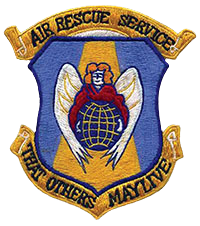
U.S. military aircraft and tactics for recovering downed aircrews in Korea were WWII vintage. Helicopters were 1945 production Sikorsky H-5 Dragonflys. They had already replaced seaplanes aboard aircraft carriers for pilot rescues and performed reconnaissance for battleships and cruisers. The woefully understrength U.S. Air Force Air Rescue Service (ARS) was equipped with WWII fixed wing aircraft (L-5 Sentinel, SC-47 Skytrain, SB-17 Flying Fortress, and SB-29 Superfortress) and some H-5 Dragonfly helicopters.4 Although the SA-16 Albatross (twin-engine amphibian) was being fielded, neither Pacific-based squadron had received them.5
The ARS scrambled to get its 3rd Rescue Squadron (RS) up to strength. Temporary duty (TDY) was the solution. The 2nd RS on Okinawa furnished airmen until personnel could come from the States. The 5th RS at Lowry Field, Colorado, provided its SA-16 detachment for 150 days. The Air Force gave Korea-bound aircraft parts, supplies, and mechanics priority. The 3rd received its SB-29 complement in August 1950.6
